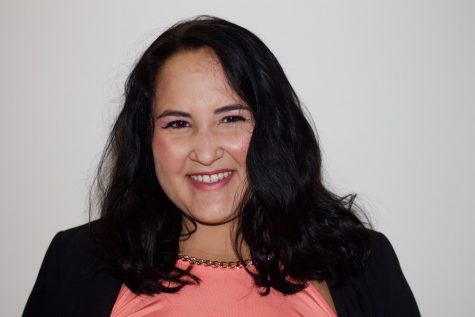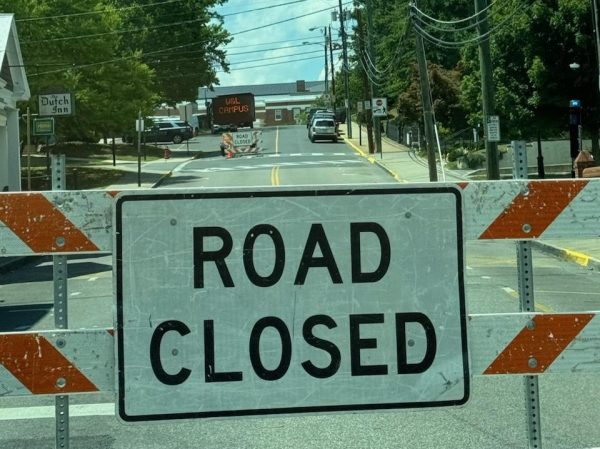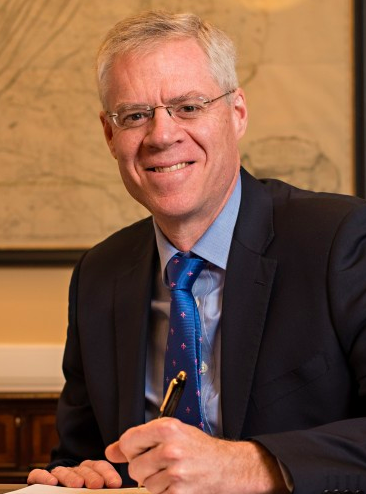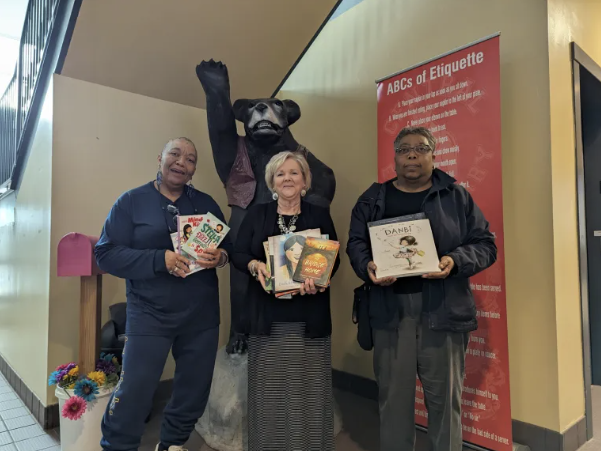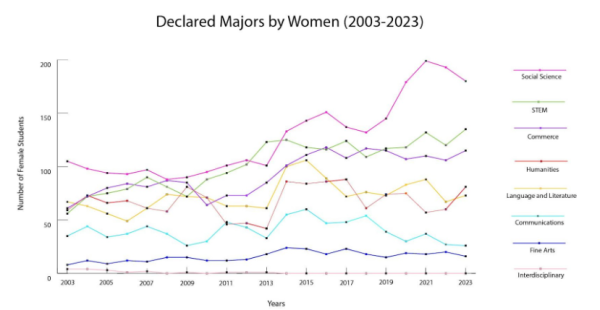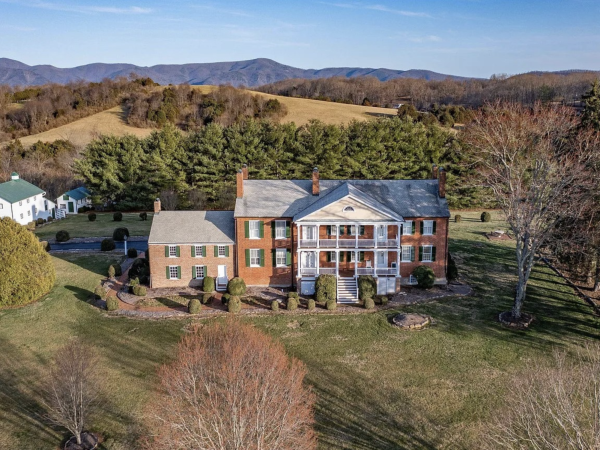University approaches choice of next “Quality Enhancement Plan”
The Phi spoke with QEP Selection Committee Chairwoman Elizabeth Knapp to learn about the process that most recently inspired the four-week Spring Term
November 7, 2017
Eight proposals are still in the running for the Washington and Lee Quality Enhancement Plan (QEP), an education and student experience improvement project the university must develop in order to renew its national accreditation next school year. And as of this week, the proposals are available online for the community to read and provide feedback.
QEP Selection Committee Chairwoman Elizabeth Knapp, who is also a geology professor and director of the Johnson Program, explained to the Phi what the upcoming Quality Enhancement Plan could mean for the future of Washington and Lee. Knapp is also a geology professor and director of the Johnson Program.

Q: Could you, in your own words, explain the Quality Enhancement Plan process?
The Quality Enhancement Plan, or QEP, is actually part of our accreditation process. So, for the SACS, or Southern Association of Colleges and Schools, every 10 years we go through what they call re-affirmation. The QEP is part of that, and so every 10 years the university has to develop a big project that impacts a broad number of students and student learning on campus. The last QEP was our Spring Term, so making it four weeks and developing 150 new courses, so very ambitious.
When we have our on-campus visit from the accrediting team in the winter of 2019, we have to have developed this QEP.
You’re supposed to get good input from the community, and we got 50 proposals this past spring. 13 were from students, 13 were from staff and 24 were from faculty. The committee—which is made of faculty, staff and students as well—spent the latter part of spring and the early part of summer reading them, discussing them and doing ratings of them, based on feasibility and what we determined their impact is. We chose the top 15 of those around Sept. 1.
And then Monday, Oct. 16, was the [next] deadline for the proposals to come in, and those are the proposals that we’re putting online for the community to be able to read and make their comments on. So for the next couple of weeks, those will be open for comment from the community.
Our committee will spend November talking about those proposals, and then we’ll choose the top three, which we will submit to the president and the provost, who will choose one.
Q: Do you know what the conclusion has been on Spring Term; has it gone according to plan?
I think it’s been very successful, yes. I think in terms [of] our goals for that, they have been very successful.
[The QEP] is relatively new in accreditation, so Spring Term was our first one, so it’s been a relatively new addition to re-accreditation, or what [SACS] call the re-affirmation process. So this will be our second time going through the QEP.
Q: Could you elaborate on some of the similar themes in the proposals?
Sure. So, there were themes that were around diversity and inclusion, for example, and we would look at those themes in our curriculum. All of these are somewhat related to curriculum and mentoring and other kinds of things. There were several that were related to sustainability. There were several that were related to interdisciplinarities and thinking about how we integrate interdisciplinary work in our curriculum. There were several related to advising, so thinking about the ways in which we mentor students. A couple related to ethics, and sort of ethical education and character education.
We offered for groups with similar things to work together, so people who had similar ideas got together to submit a single proposal.
Q: What is the importance for QEP for W&L?
I mean it’s interesting because it is something sort of required that we do, or mandated that we do. But the hope is that it’s something that really will enhance our experience.
I think people have been really thoughtful about the ways that they like to improve education on campus. And again, the fact that we have them from all different parts of campus, from students and staff and faculty, I think helps us understand how much people really care about the future, even if they’re not going to be here when it actually gets implemented.
It’s a way that we can bring together a lot of really great ideas from our community and try to implement them.
Q: Has the Selection Committee been satisfied with the amount of proposals, and the types of proposals?
I think so. This is just our second time doing it. The first time…we got a lot of not so serious proposals.
I don’t know that we got any fewer this time, 50 is a good number, and they were all very serious and thoughtful proposals. So people really took the time to think about ways that they wanted to see the university improve.
Q: To what extent will community input in this next round affect the ultimate decision?
I would imagine that we would take into account what people think about the proposals. The phase we’re in right now is trying to think about how we now get word out that we’re at this next phase and we really seek community input.
There’s a ranking mechanism but there’s also an open feedback box for any comments that the community wishes to send to us.



